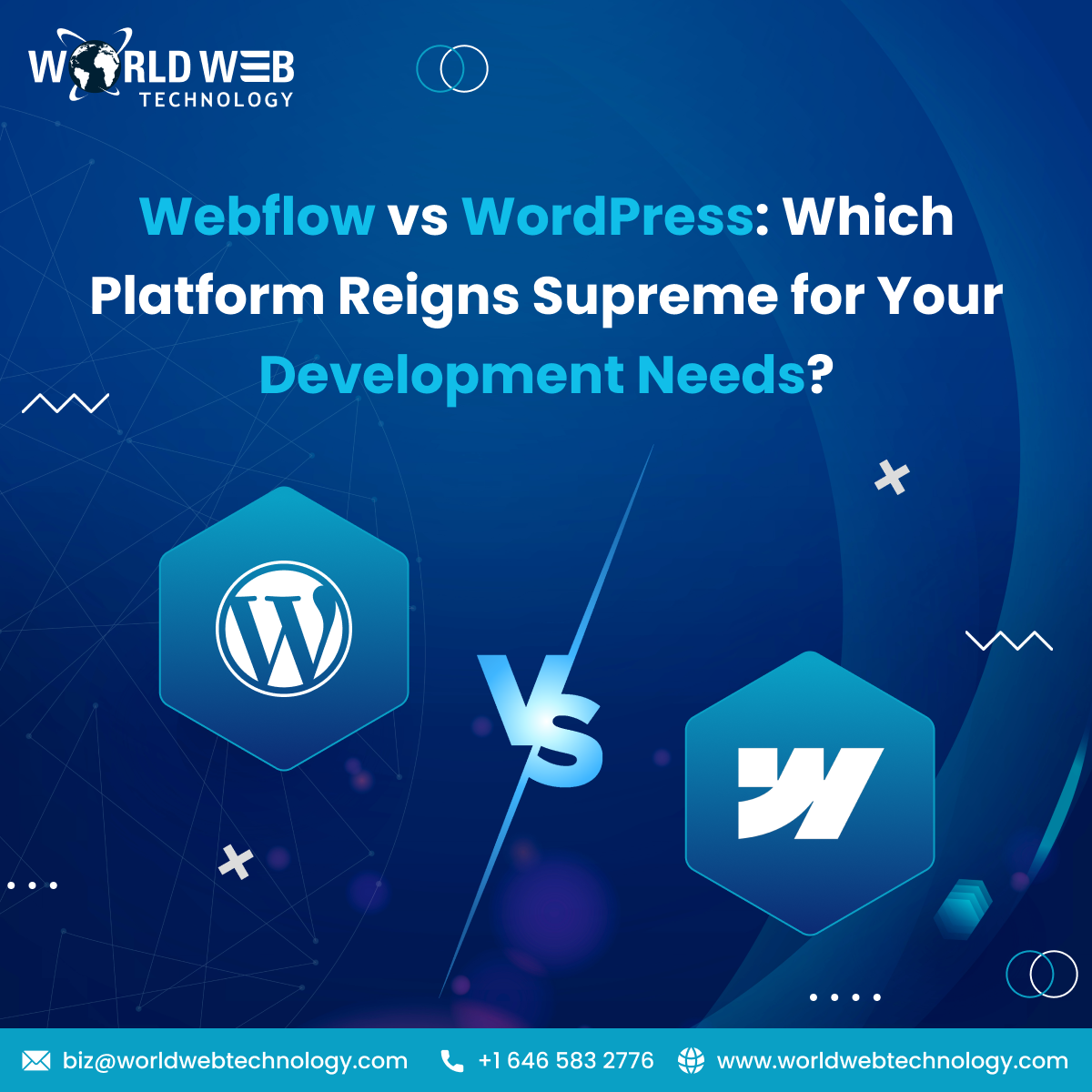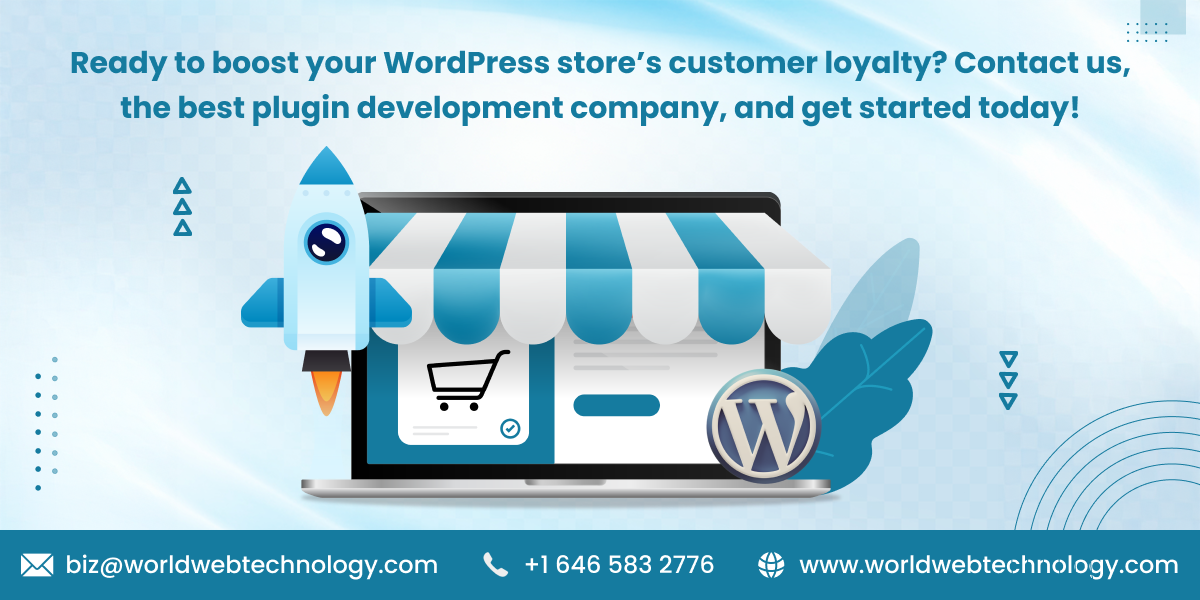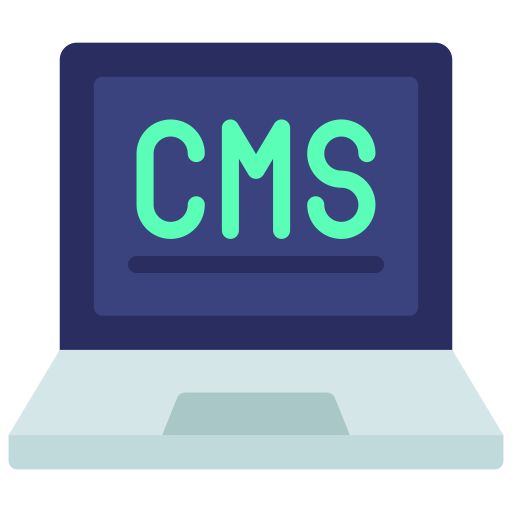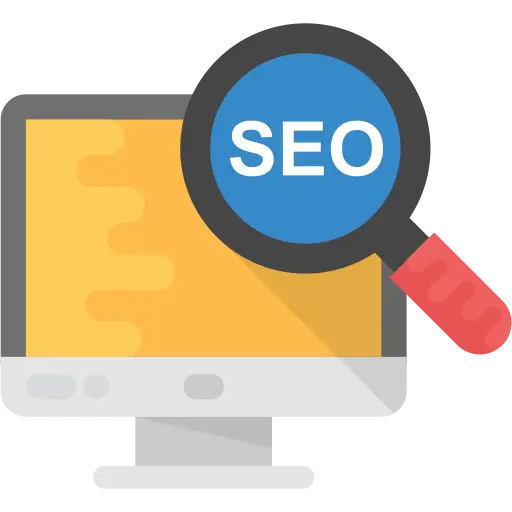If you’ve been running your WordPress business for a while, you probably know that getting a new customer costs way more than keeping an existing one.
Yet, most of us spend all our time chasing new traffic and forget the ones who’ve already bought something, signed up, or shown interest. That’s where Customer Lifetime Value (CLV) really matters.
CLV isn’t some complicated marketing metric; it’s simply the total worth of a customer over the entire relationship with your brand.
The higher it goes, the easier your business becomes to scale. It’s what separates a one-time store from a lasting brand.
And the good part? You don’t need a 50-page strategy deck to keep customers coming back.
What you do need is smart use of the tools already built into WordPress.
Let’s skip the generic stuff and talk about what actually moves the needle.
Here are ten proven, practical strategies (that actually work in real stores) to increase customer lifetime value with WordPress.
2. Turn Coupons and Cashback into a Retention Loop
Most WordPress stores offer one-time coupons, and that’s where they stop. Instead, build a cashback or rolling coupon system.
Here’s the trick:
Give a small cashback (say 5–10%) that only activates after 14 days, once the return window closes. Then, make it valid for the next 30 days only.
Now, you’ve built a purchase loop, and customers buy again before the cashback expires.
If you run affiliate or reward systems, use plugins like Gift Vouchers for WooCommerce, Cashback Tracker, AffiliateWP, or WooCommerce Smart Coupons to automate it. This isn’t a gimmick; it’s behavioural design. People love getting value they can’t waste.
You can even build your WordPress-Based coupon and cashback solution with CashbackOS.
CashbackOS is a ready-to-use coupon and cashback solution by EnactSoft used by businesses around the globe to launch their cashback platform.
The best thing about CashbackOS is that you can launch your platform in less than 4 weeks, and with EnactSoft’s expertise in serving 400+ affiliate marketers to launch their cashback sites across 60+ countries, you don’t have to worry about its scalability.
3. Add Micro-Rewards for Everyday Actions
You don’t need a complex loyalty system. Give users points for small, non-purchase actions: logging in daily, sharing products, or writing short reviews.
Plugins like GamiPress or myCred make this easy. Over time, users start engaging just to keep earning. It’s simple psychology: small wins keep people hooked.
5. Use Dynamic Bundles Based on Purchase History
Static bundles are boring. Instead, create dynamic bundles that auto-adjust based on a user’s past purchases.
Plugins like WooCommerce Product Recommendations or WISDM Custom Product Bundles let you set “if bought X, recommend Y + Z.”
That way, every bundle feels like it was handpicked for them. It’s like Netflix’s “Because you watched…” but for your products.
Must Read: Which WordPress LMS is the best – LearnDash, LifterLMS or LearnPress
6. Automate “Last Seen” Emails (Not Abandoned Cart)
Everyone does abandoned cart emails. Try this instead:
Send “Hey, noticed you last checked out this category” emails if someone hasn’t visited in a while.
Using FluentCRM, trigger this when a user hasn’t logged in or clicked for, say, 30 days. You’re re-engaging based on curiosity, not urgency, and that feels less pushy.
8. Track “Silent Signals”
Not every user unsubscribes or complains before leaving. Use analytics tools like WP Activity Log or Hotjar to monitor small behaviour shifts like reduced session duration or skipping login.
Then trigger soft re-engagement emails: “Hey, just checking in, want to see what’s new?”
You’re acting before they churn, not after.
9. Add Post-Purchase “Micro-Tasks”
Right after a purchase, give them one simple follow-up task: “Share your experience and earn ₹50 credit,” or “Complete your profile for a 10% bonus.”
These small nudges extend the customer journey beyond checkout. They also give you more data and engagement for free.
10. Keep a “Founder’s Corner” or Story Section Alive
This one’s more emotional than technical. People stick with brands that feel human.
Add a Founder’s Journal page or a section in your blog where you share behind-the-scenes updates, product decisions, or funny fails.
When people relate to your story, they become loyal beyond discounts.
Wrapping It Up
Customer lifetime value isn’t about flashy loyalty plugins; it’s about habits.
Create small reasons for users to return, automate smartly, and build a human-level connection into your WordPress site.
Start with one change, maybe cashback that loops users back, or behaviour tagging that feels like magic and expands from there.
Your customers won’t just buy again. They’ll belong.
In conclusion, boosting Customer Lifetime Value (CLV) in WordPress is all about using smart strategies, meaningful engagement, and the right plugins to turn customers into loyal advocates. From behaviour tagging to cashback loops, every tactic helps strengthen retention and growth. World Web Technology is the best plugin development company that can help you create custom WordPress solutions to enhance user experience and maximise long-term business success.
Frequently Asked Questions
To improve repeat purchases on your WordPress or WooCommerce store, implement strategies like cashback, loyalty points and personalised recommendations.
Some of the most effective ones include FluentCRM for automation, and WooRewards or myCred for gamified loyalty. You can also launch your own WordPress-based coupon and cashback platform with CashbackOS in less than 14 days.
You can use behaviour-based tagging tools like Groundhogg. It helps you personalise offers based on their browsing or purchasing history. It also keeps track of what products customers explore on your site.
Yes, that’s actually where WordPress shines. You don’t need enterprise software to improve CLV. With just a few automations, plugins and smart content, small businesses can retain customers just like big brands do.
If you want to avoid manual calculations, use analytics tools like Metorik or WooCommerce Customer History. They help you see everything and also show data for how much every customer is really worth over time.
Most Popular Categories
Discover top categories on our blog, featuring WordPress, PHP, eCommerce, and Shopify insights and tutorials.
Featured Insights
Immerse yourself in our passion for sharing the latest industry news, cutting-edge technologies, and insightful articles. Explore the depths of knowledge with us.

November 5, 2025
10 Proven Strategies to Increase Customer Lifetime Value with WordPress

August 19, 2025
















